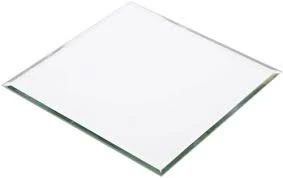

Reflective Glass Sheet A Versatile Architectural Element
Reflective glass sheets are becoming increasingly popular in modern architecture and interior design due to their unique properties and aesthetic appeal. These specialized glass panels are coated with a thin layer of metal or other reflective materials that enhance their ability to reflect light and images. Beyond their decorative qualities, reflective glass sheets offer a range of practical benefits that make them an ideal choice in various applications.
One of the primary advantages of reflective glass sheets is their ability to maximize natural light while minimizing heat gain. This feature is particularly beneficial in climates where energy efficiency is a top priority. By reflecting sunlight away from the building’s interior, these glass panels help maintain a comfortable indoor temperature, reducing the need for excessive air conditioning. Consequently, they contribute to lower energy bills and a reduced carbon footprint.
Additionally, reflective glass sheets provide a sense of privacy without sacrificing natural light. The reflective surface obscures visibility from the outside, allowing occupants to enjoy their space without feeling exposed. This quality makes them an excellent material for offices, conference rooms, and residential buildings where privacy is essential. Moreover, the contemporary look of reflective glass can enhance the visual appeal of any building, creating a sleek and modern façade that attracts attention.

In recent years, the versatility of reflective glass sheets has expanded far beyond traditional applications. They are increasingly being used in furniture design, such as tabletops and decorative panels, to create stunning visual effects. Designers appreciate how reflective surfaces can interact with lighting, creating dynamic environments that change with the time of day. Furthermore, the use of reflective glass in art installations and exhibitions enables artists to explore themes of perception and reality, enriching the visitor experience.
Maintenance is another critical aspect that makes reflective glass sheets favorable. Unlike traditional glass, which often shows fingerprints and smudges, many reflective glass surfaces are designed to resist dirt and are easily cleaned. This low-maintenance quality is particularly advantageous for high-rise buildings and public spaces, where upkeep can be challenging and costly.
In conclusion, reflective glass sheets are a multifunctional element that offers numerous benefits in architectural design and interior aesthetics. Whether used for energy efficiency, privacy, or artistic expression, they undoubtedly play a vital role in shaping contemporary environments. As architectural trends continue to evolve, the popularity of reflective glass sheets is likely to grow, paving the way for even more innovative applications in the future.